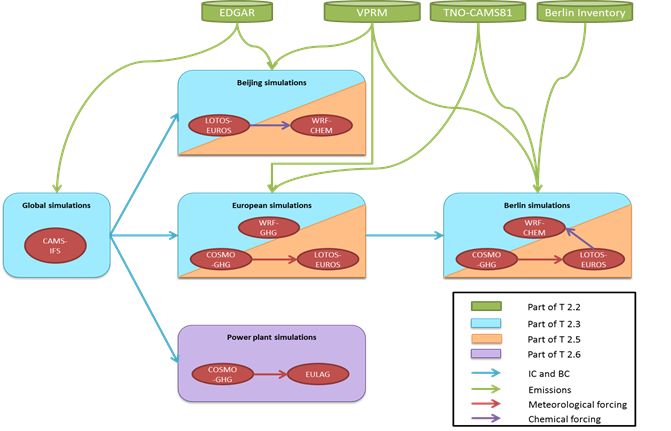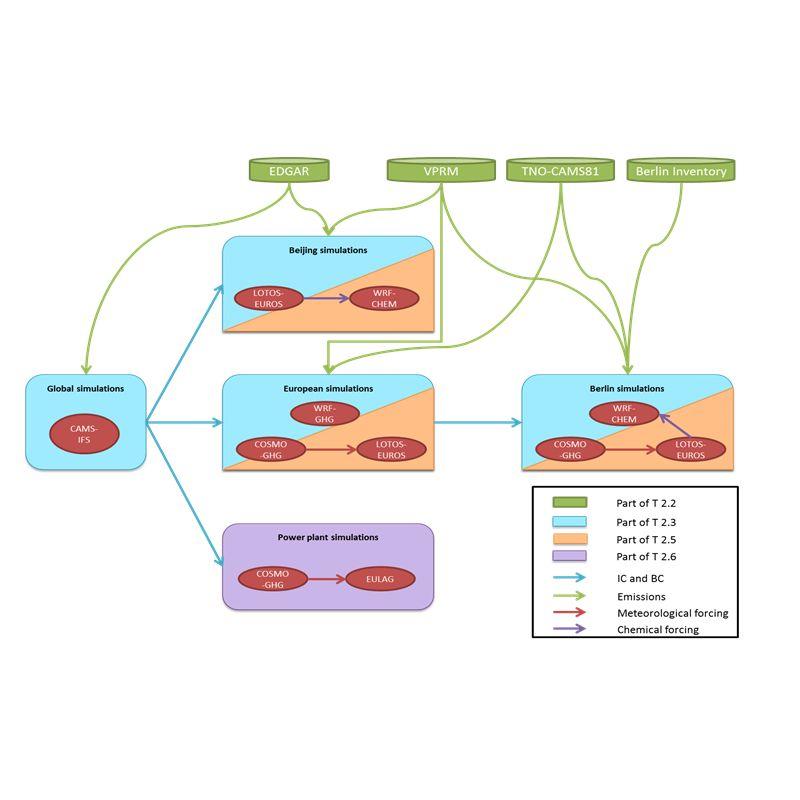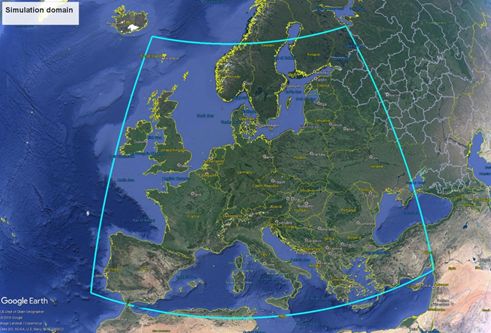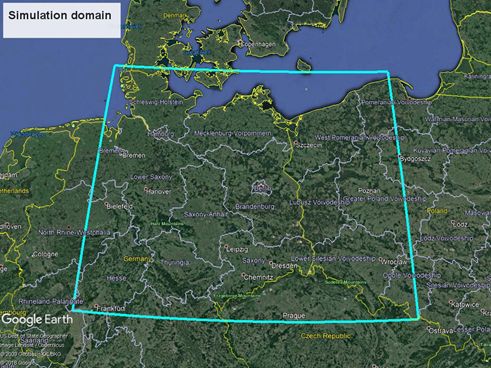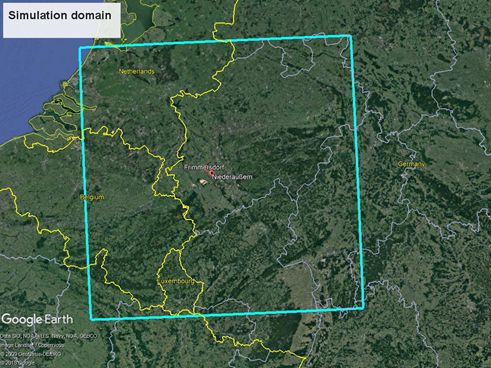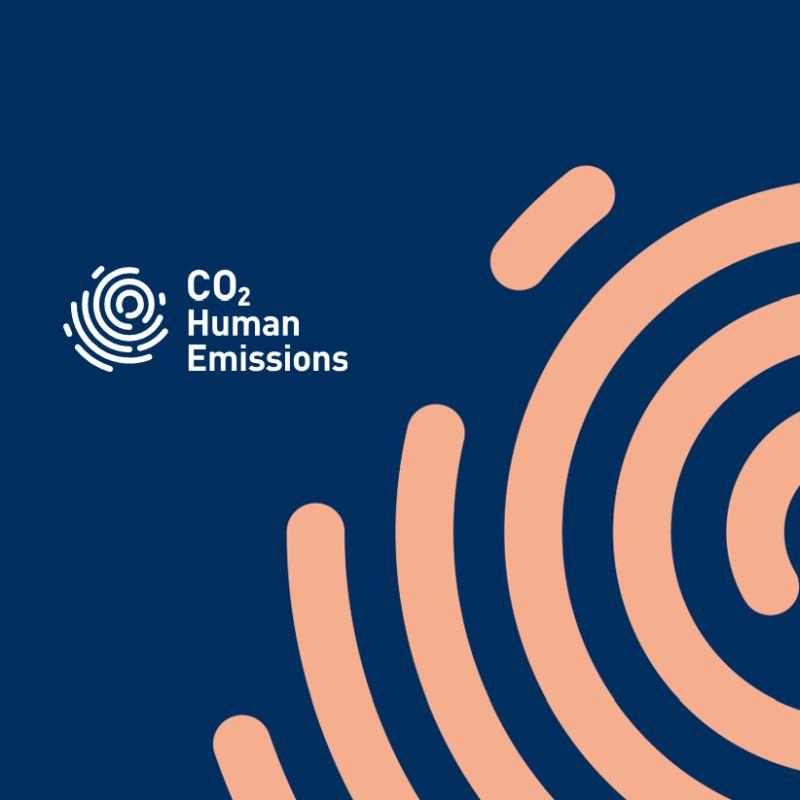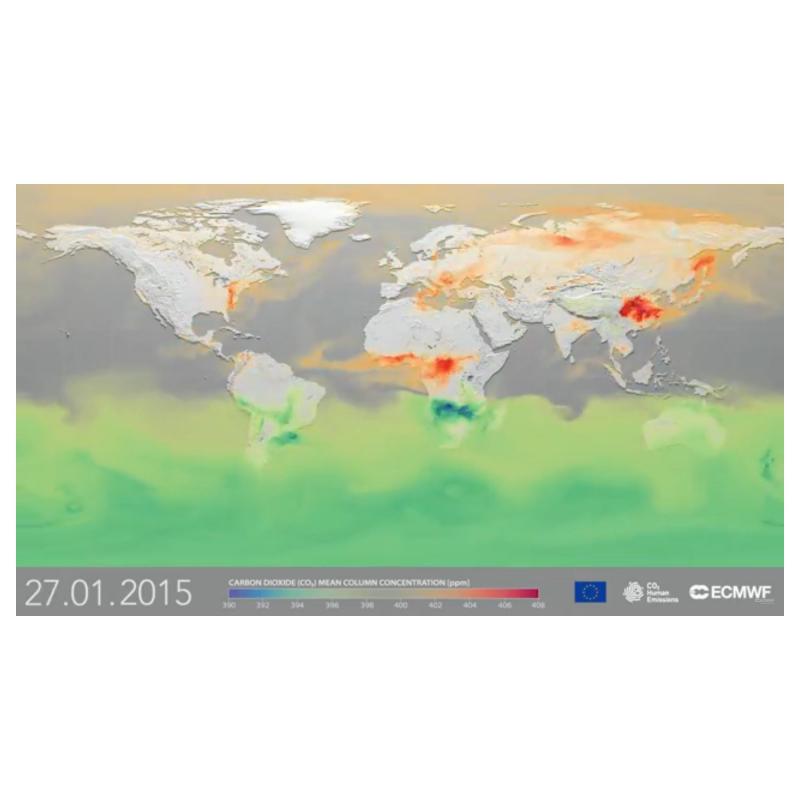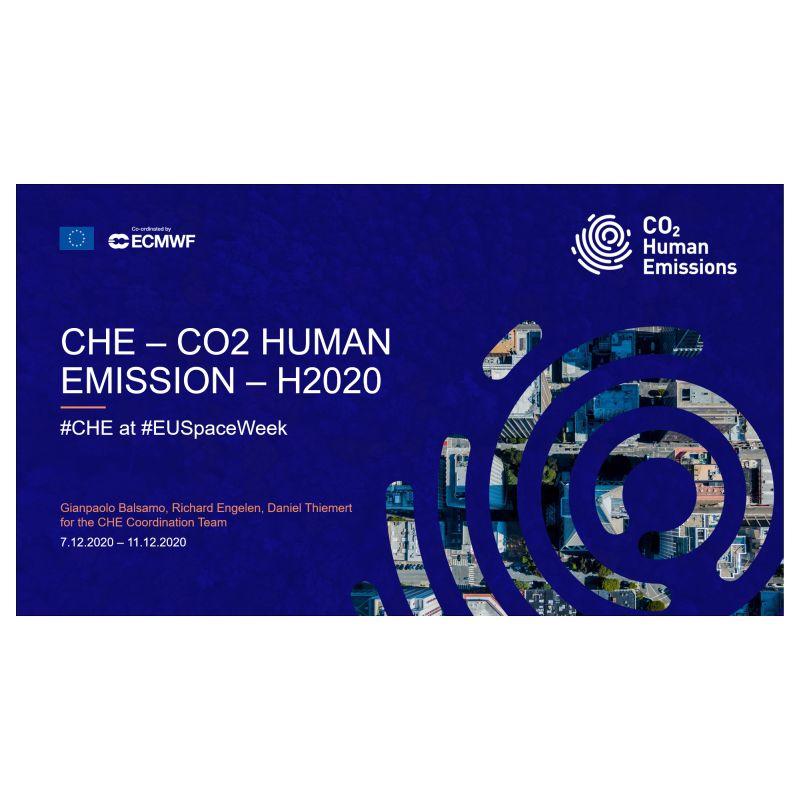One of the critical elements of a European contribution to a global "CO2 emission monitoring system" identified in the CO2 report commissioned by the European Commission is a constellation of CO2 satellites with imaging capability. Between 2011 and 2015, ESA conducted a detailed Phase A/B1 assessment for the CO2 imaging satellite concept CarbonSat (Bovensmann et al., 2010). In two science studies (LOGOFLUX-1, 2014; LOGOFLUX-2, 2015) supporting this assessment, it was demonstrated that such a satellite would allow observation of CO2 plumes of strong localized sources such as large cities and power plants and would help constrain emissions at the regional and national scale.
However, such emission quantification faces substantial challenges due to the limited precision of the satellite measurements, systematic biases introduced by incompletely accounting for the effects of aerosols and other factors in the retrieval, the limited spatial and temporal coverage and resolution of the observations, and the difficulty in separating the signals from natural CO2 fluxes from those of anthropogenic emissions.
To support the assessment of the requirements for a future space mission and the challenges introduced by the issues listed above, a library of realistic CO2 simulations for present-day and future emission scenarios, from the global to the regional and point-source scale is needed.
WP2 of the CHE project aims at producing such a library of simulations mimicking reality as closely as possible, so-called nature runs. This task involves six different institutes running five different atmospheric transport models. As these models diverge in many respects, the ensemble of simulations will enable a comprehensive assessment of the influence of different model resolutions and model formulations on the representation of atmospheric CO2 concentrations.
